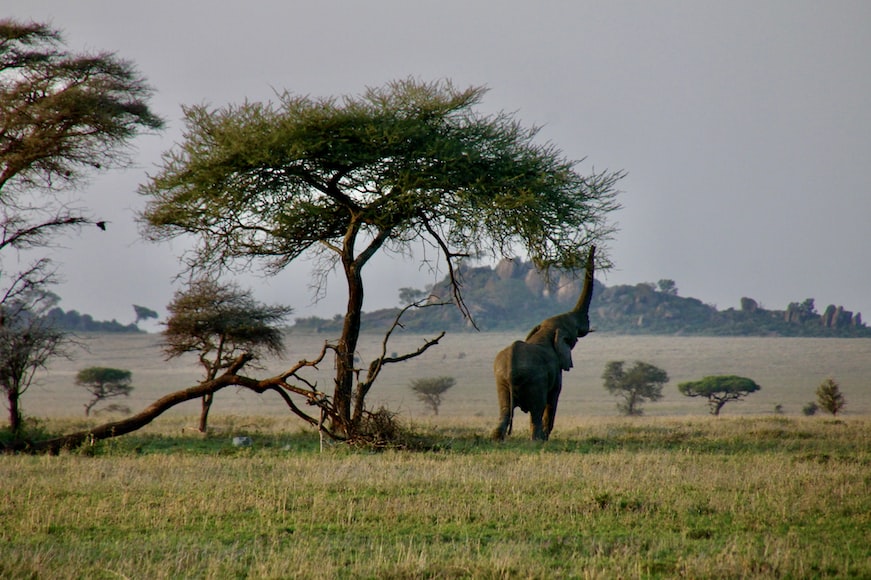Lake Bumbunga is a salt lake in the Mid North of South Australia, connecting the town of Lochiel and the rural community of Bumbunga, about 125 kilometers, 1.4 hours’ drive from the state capital city Adelaide. While there are many captivating natural features in Australia, its incredible pink lakes must be seen to be believed. The lake is located in the Kaurna people’s traditional territory. Researchers discovered that the salty conditions found in pink lakes support the growth of a particular kind of algae called Dunaliella salina, as well as Halobacteria.
The lake bumbunga is the largest of a network of salty lakes from the Quaternary Holocene that stretches roughly 30 kilometers north of Lochiel. It drains a region east of the Barunga Range, where it joins the Hummock Range. There is just one type of organism that can survive in Pink Lake’s depths without oxygen: a primitive anaerobic organism. It is a pink photosynthetic bacterium that converts sunlight into energy by using sulfur rather than oxygen.
It is a pink lake, which gets its color from a species of algae that can endure the extreme salinity and produces pink pigment to help it absorb energy. The pink color changes as the seasons change; for example, it may be pinker in the spring than in the winter due to more fresh water giving nutrients to the algae and more sunshine. However summers are dry, and water evaporates. The lake’s pink hue has become more and more popular among tourists, drawing stops from tour buses.
Lake Bumbunga stands out from the surrounding scenery due to its seasonal pink coloration and vast breadth. For its breathtaking pink hues, the best time to visit Lake Bumbunga is usually in the transitional months of March to May (autumn) or September to November (spring). Visitors can enjoy cooler temperatures during these times, which enhances the comfort of exploring.
Bumbunga is derived from the word parnpangka in the local Aboriginal language (Kaurna), which means “rain water lake”. In 1868, it was determined that Lake Bumbunga’s shallow waters could be used for salt harvesting. Salt has been mined there practically constantly since 1881. The salt separates from gypsum by precipitation. After that, the water is piped into ponds that crystallize, causing common salt to precipitate. Brine is pumped into three crystallizer ponds, each measuring 25 hectares, in Lake Bumbunga, for refining.
Evaporation pans, furnaces, tanks, and men’s quarters were constructed near the lake’s northern end. For many years, the town of Lochiel, on the west bank of the lake, benefited economically from mining. Therefore, it is stated that the town “grew slowly with the business, its survival in the 20th century being virtually wholly dependent on the salt harvesting.”
Lake Bumbunga has become a popular attraction for travelers, with the “Loch Eel Monster” fiberglass sculpture in the center. The monster’s history dates back to the late 1880s, when bullock (ox) teams were rather common. Bullocks were allegedly “spooked by some sort of creature, went to the incorrect part of the lake… and gradually got drawn under and went down” while they were crossing the lake on foot. The original monster, which the locals referred to as the Loch Ness monster’s cousin, was constructed out of heaps of old tires. The replacement fiberglass head was started in 2017 after the original was stolen.
Pink lakes are natural and real, suitable for swimming, but it is not recommended to drink the water because to its hypersalinity and potential for microorganisms that could be dangerous to human health. There is a tourist walking track that circles the lake. On the salt lake, you can walk quite a distance, but the ground is rather rough and hard.
A similar pink lake, Retba, is located in northwest Africa, about 30 kilometers northeast of Dakar, the city, and north of Senegal’s Cape Verde peninsula. In certain areas, the high salt concentration can reach 40%—pink waters are a result of the algae Dunaliella salina. You can find another pink Lake Hillier situated on the Australian island of Middle Recherche Archipelago on the south-west coast of Western Australia, near Cape Arid.
Read More: Dusty Rose Lake












